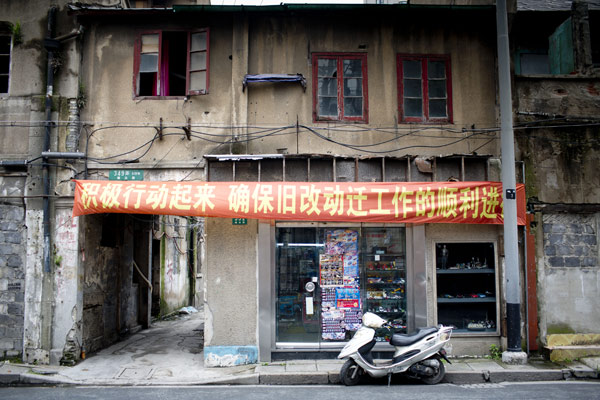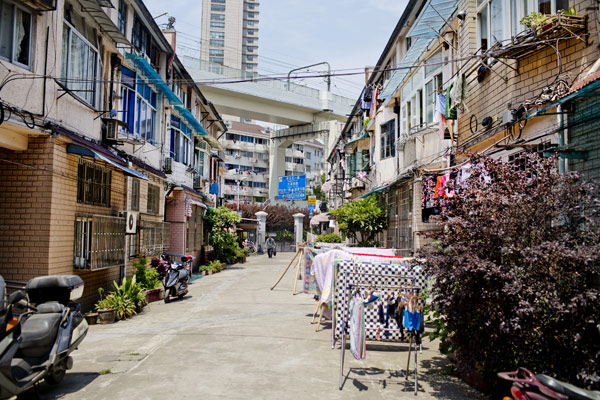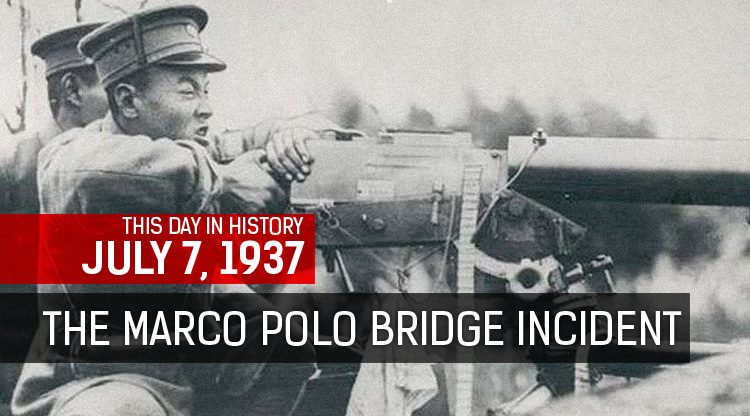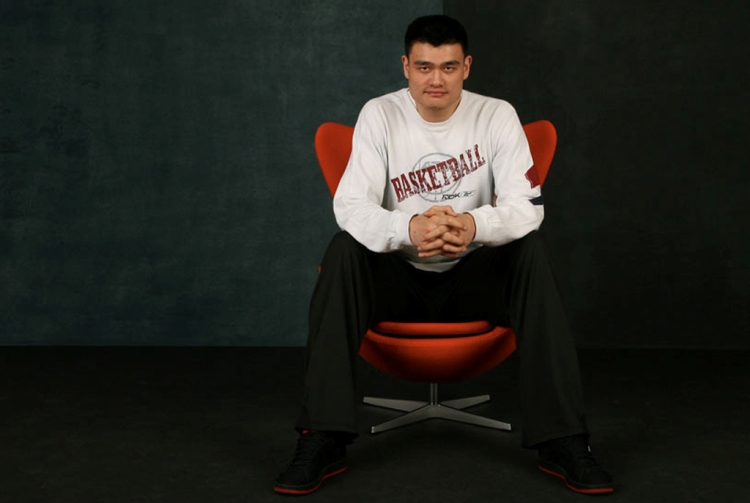Photos by Nicky Almasy
While one of Shanghai’s most cultural districts, Hongkou is just far enough off the beaten track to stay undiscovered by many. However, with signs of development on the horizon, we thought it the perfect time to travel over the Suzhou Creek.
Originally founded as the American Settlement in 1844, it joined with the British Settlement (along the Bund) in 1863 to become the Shanghai International Settlement. Bordered by the Chinese city in today’s Yangpu District, it was a vibrant meeting place for many: from radical Chinese luminaries like Lu Xun (p60) to underappreciated Spanish architect Abelardo Lafuente (p63).
Caught up in the building boom of the late 1990s, many structures fell victim to construction dollars. While growth still poses a threat to what remains, the government seems to have stayed the indiscriminate hand of modernization. According to Zhao Yinong, General Secretary of Hongkou Cultural Bureau and author of new book 33 Cultural Scenes in Hongkou, authorities are beginning to realize how important (and marketable) this district is. “Today, people are paying more attention. Our goal is to build Hongkou into a museum without walls.”
Artist and longtime Hongkou resident Christina Shmigel, however, says that while the local government has done some good, like the Liyang Lu art studios (p68), other projects have been less sensitive: “Many changes have destroyed some of the intense social networks of the neighborhood that was part of its appeal to me.”
Despite the march of progress, this district of grandiose history, quiet allure, crumbling neighborhoods and stunning architecture is full of hidden gems that repeatedly draw us back. Over the next few pages we highlight some of our favorites.
Hongkou had China’s first:
Railway
Illegally built by British merchants in 1876 without Qing government consent, the 14.5-kilometer-long Wusong Railway connected Shanghai to Wusong (today’s Baoshan District). After 16 months, it was stopped and then demolished.
Electric lamp, telephone call, talking film
China’s first electric lamp was turned on in the Astor Hotel in July 1882. The earliest telephone call was made from the same hotel in 1901, and, in 1908, the first talking film screening took place in the garden.
Public swimming pool
Still in operation, Hongkou Swimming Pool paved the way for public facilities around the country. Built in 1922, it adopted a revolutionary circulating water filter system.
School of fine arts
Modern China’s first fine arts school, the Shanghai Academy of Fine Arts, was founded on Zhapu Lu in 1912 by then 17-year-old contemporary painter Liu Haisu. In 1983, it merged with Shanghai University.
National magazine
The Youth Companion(良友) was originally based in Hongkou in 1926. Not only did the team cover news, the glossy mag also inaugurated an age of covers dominated by calendar models and movie stars. Re-launched in 1984, it can still be found in Hong Kong and Shanghai.
Movie theater
Though sources differ as to whether it was the first movie theater in China, the 250-seat Hongkew Cinema was certainly first in Shanghai. Founded in 1908 by Spaniard Antonio Ramos, it became an opera house after the Second Sino-Japanese War. The site was demolished in 1988 to make way for the expansion of Haining Lu. Only a small plaque remains.
Discover more of Hongkou....
A writer's shadow
Of Parks and Prose
Hongkou’s most famous former resident is undoubtedly the great Lu Xun (鲁迅), the leading figure of modern Chinese literature. Recognizable for his sweeping moustache and haunting, prescient words, his presence can be felt everywhere in this neighborhood, from profiles carved into walls to verses, written daily in ephemeral water, fading on the concrete. Continue...
Lovely Lanes
Go for a wander
The tree-lined streets clustered around Lu Xun Park were the epicenter of literary and political discourse in the early and mid 1900s – the sheer density of brilliant and historically important people who lived in the area boggles the mind. Today, most of the houses are taken up by families, who were allocated space when the Communists came into power, and many of the former famous residents are commemorated solely by a small plaque, if at all. Amidst the multitude, we’ve selected a few of our favorites. Continue...
Enclosed Areas
Behind bars and earthly matters

The Alcatraz of the Orient
Tilanqiao Prison is Shanghai’s only downtown jail. In fact, it’s the only jail based in a major Chinese city. With a history stretching back over a century, it was once the largest prison in the world, while its tough reputation led to it being known as the Alcatraz of the Orient. Continue...
Killing it
Art deco death
The 1933 creative zone casts a massive shadow across the parking lot, and at midday often stands quiet as catacombs, all sound absorbed by 50-centimeter-thick concrete walls. Originally designed by famed British architecture firm Balfours in 1933, this massive Art Deco abattoir was the largest in East Asia at the time, with the capacity to slaughter over 1,200 head of cattle, sheep and pigs in a day to provide 130 tons of meat. Continue...
Up a Creek
Journeying beyond the Bund
Drawing its source from Lake Tai in Jiangsu Province, the 53.1-kilometer-long Suzhou Creek (also known as the Wusong River) runs through six districts in Shanghai and has been witness to tremendous change as the city marches towards modernization. In Hongkou, it not only used to function as the demarcation between northern American settlements and the southern British one (and later, between the Japanese and everyone else), it also featured an important set of iconic buildings, warehouses and factories along its banks. Even Victor Sassoon had a storehouse, rumored to be where he kept his opium (the space is now taken up by high-end restaurants including Kathleen’s Waitan).


























0 User Comments